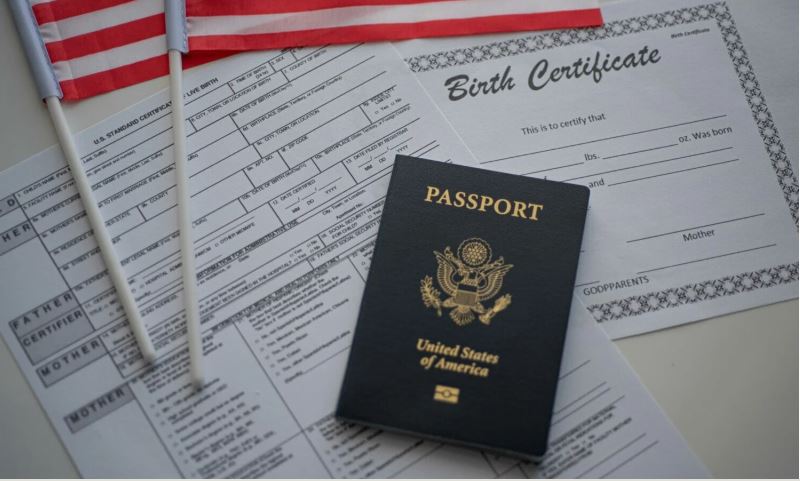Moving to the United States is a dream for many people. But the process can be confusing and very expensive. You may have heard about a “$100,000 visa,” but what does that really mean? Is it just one fee? Is it an investment? Or is it not even real?
In this post, I’ll explain what high-cost visa programs are, what they require, and what you should know if you are planning to move to the U.S. Whether you want a green card or you’re just curious, let’s take a closer look.
U.S. Visa Programs That Require a Lot of Money
When people hear “$100,000 visa,” they often think it’s just a simple payment to get permanent residence. But that’s not how it works. No visa to the U.S. actually costs exactly $100,000 as a one-time payment. However, some visa programs do need a large amount of money.
The most well-known one is the EB-5 Immigrant Investor Program. This visa is for people who have a lot of money and want to invest in the U.S. economy. The program asks for a minimum investment of $1.05 million. If you invest in a rural area or a place with high unemployment, the amount can be $800,000. This money must be used to help create at least 10 full-time jobs for U.S. workers.
Even though $100,000 isn’t enough to cover the full investment, it can be used to pay for legal help, service fees, and other parts of the process. Another visa, the E-2 Treaty Investor Visa, often needs an investment around $100,000, but it does not lead to a green card. It is a non-immigrant visa, which means it is temporary.
Where Does the Money Go?
If you want one of these investment visas, you should know that the total cost includes more than just the main investment. Here’s how the money is usually spent:
- Investment Capital: For the EB-5 visa, you must invest between $800,000 and $1.05 million in a U.S. project. These are usually things like real estate or government-approved business centers.
- Application Fees: You need to pay the U.S. government to process your forms. The I-526 form costs around $3,675, and adjusting your immigration status can cost about $1,225 per person.
- Legal and Service Fees: You will likely need an immigration lawyer or a visa consultant. These experts can charge $50,000 to $100,000 depending on how complex your case is.
- Other Costs: You may also spend money on background checks, traveling for visa interviews, translating documents, or checking the safety of your investment.
So, while the idea of a “$100,000 visa” sounds simple, the truth is more complicated. There is no exact $100,000 visa, but there are visa paths that require large amounts of money. Always do your research and talk to a trusted immigration lawyer before starting your application.
What Do You Get in Return?
If you invest in the right visa program and everything goes well, you may be able to get U.S. permanent residence (a green card). This means you can live and work in the U.S. long term, bring your family, and eventually apply for citizenship.
But remember, investing money does not guarantee success. You still need to meet all the visa rules, follow immigration laws, and prove that your money is legally earned and used properly. Also, the business or project you invest in must meet the job creation and development requirements.
Is It Worth It?
For many people, these investment visas are worth it. They offer a faster path to U.S. residency and give you the chance to build a future in a stable country. But these visas are best for people who have the financial resources and are willing to take some risks.
You should think carefully before choosing this path. Ask yourself:
- Can I afford the full cost, not just the investment but also legal and processing fees?
- Am I okay with waiting several months or even years for approval?
- Is my investment safe and being handled by professionals?
- Do I have a backup plan if things don’t go as expected?
Alternatives to High-Investment Visas
If you do not have that much money to invest, there are other ways to move to the U.S. legally. Some popular options include:
- H-1B Visa: For skilled workers with a U.S. job offer in fields like IT, healthcare, or engineering.
- Family Sponsorship: If you have close family members who are U.S. citizens or green card holders, they might be able to sponsor you.
- Student Visa (F-1): Allows you to study in the U.S., and you may later apply for work opportunities through Optional Practical Training (OPT).
- Diversity Visa (Green Card Lottery): A program where people from certain countries can apply for a chance to get a green card without a job or investment.
These paths may take more time or require different qualifications, but they can still lead to permanent residence.
The term “$100,000 visa” might sound like an easy way to move to the U.S., but the truth is, immigration is always a complex process. If you’re looking at high-investment visas like the EB-5 or E-2, make sure you understand all the steps, risks, and costs.
Always talk to a trusted immigration lawyer or advisor before starting. They can guide you through the best option based on your budget, background, and goals.
Moving to the U.S. is a big decision, and the more informed you are, the better your chances of success.

